Wunder Homes
Tiny Homes Made Simple
A Case Study on Validated Learning for Startups
Goal
Run a marketing experiment with the goal of validated learning in two weeks from beginning to end. The primary goals were to test Facebook as a customer acquisition channel, conversion metrics, and product market fit (business validation). A second but equally important goal was to get feedback from users as to which feature is more important to them. If this were a business I wanted to start, it would allow me to know what to build first.
MVP
Long Form Landing Page
The landing page included a high fidelity mockup of the web app, the features of the product, and a call to action (CTA) of "sign up for access." The copy for the CTA was specifically chosen because it implied intent by the user. If you were not interested in signing up, then you would not click.
High Fidelity Mockup
Feature Validation
Through user research, I understood the overall problems that the tiny house market faced. One of the goals of this test was to understand which of the features users cared about most. This insight would drive version one of the web app.
Sign Up Form
Once a user clicked the "sign up for access" button, they were led to a sign up form. As a UX designer, I'm a fan of lazy registration (keeping the sign-up as frictionless as possible), but for the purpose of this experiment, I needed to learn more about my potential customers. I used the sign-up form as another form of validation. This early in experimentation, the goal of startups should be business validation and finding early adopters. If a user filled out the form, it showed that the pain they feel is so great, that they don't care how long the form is.
Facebook Advertising
Facebook Page
Facebook AD
The ad was set to run for three full days.
The Results
Facebook Ad
Midway through the first day (Monday) of having the ad run, I had a small hiccup. The ads were stopped by Facebook for about four hours until I made a small edit to my ad. On Wednesday morning, I had to turn the ads off from too many sign ups. People were getting mad and furiously commenting about why the app was not ready yet.
The ad ran a total of one and a half days, and resulted in an 8% click through rate. The average click through rate on Facebook is 1%.
Landing page converstion
Of the 342 people that were sent to my landing page from the Facebook ad, 140 clicked on the "sign up for access" button resulting in a 41% click through rate on the landing page. Of those that clicked the call to action button, 73% or 102 completed the sign up form.
Survey Results
The test resulted in 102 early adopters, a deep understanding of who the customer is and how to market to them; and exactly what I need to build to bring them value from day one.











